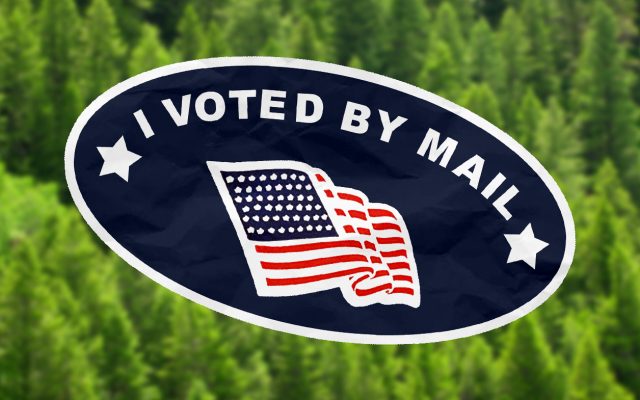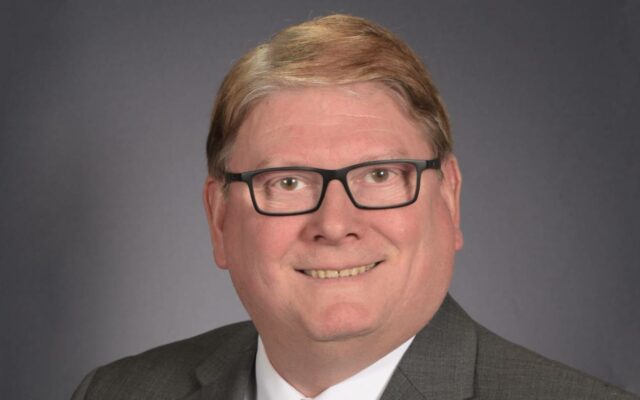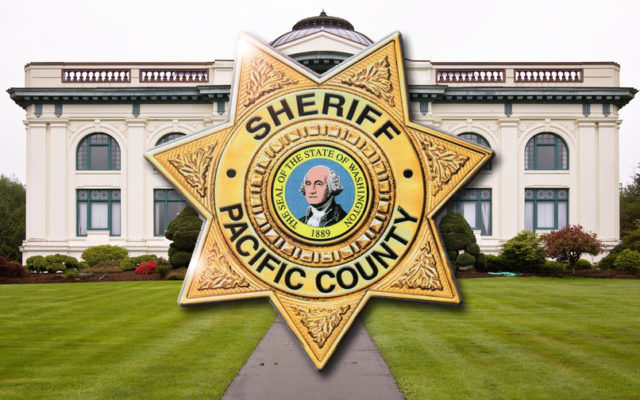Recount requests filed in two Congressional races; including 3rd Congressional District

The Office of the Secretary of State announced that they received requests to recount certified results for two of Washington’s congressional races.
This includes the race in Third Congressional District, as the Joe Kent for Congress campaign requested a machine recount of all votes cast for the office of U.S. Representative.
In the Ninth Congressional District, candidate Doug Basler asked for manual recounts of two precincts.
“Recounts for various federal, state, and local offices and initiatives are nothing new,” said Secretary of State Steve Hobbs. “It is important to understand the rules that govern the recount process and the circumstances that allow for one.”
Per state law (RCW 29A.64), a recount is required in a general election if the margin of victory is less than one-half of 1% and fewer than 2,000 votes. If the margin of victory is at least one-half of 1% or 2,000 votes or more, a request for a recount may be made to the Office of the Secretary of State, at the expense of the requester.
In the results Secretary Hobbs certified Wednesday for the Third Congressional District, Democrat Marie Gluesenkamp Perez defeated Kent, a Republican, in the general election 50.14% (160,314 votes) to 49.31% (157,685) — a difference of 0.83% (2,629). Write-in candidates garnered 0.55% of the vote (1,760).
In the Ninth Congressional District, Democrat Adam Smith defeated Basler, a Republican, 171,746 votes (71.61%) to 67,631 (28.2%), a difference of 43.41%.
Neither margin met the thresholds for automatic recounts set in state law.
The full machine recount for the Third Congressional District will involve elections offices in the district’s seven counties. For a machine recount, county-accepted ballots without recorded votes in the race being recounted are re-examined for markings that should be counted as a vote.
The Ninth District recount will hand-count all ballots cast in two King County precincts.
The requested full Third District recount required a deposit of $48,589.05, calculated by multiplying the 323,927 ballots cast in the jurisdiction – including those that did not contain a recorded vote for this race – by $0.15, as required by state law.
The partial Ninth District manual recount required a deposit of $179.25 – $0.25 for each of the 717 ballots cast in the precincts to be recounted. Any remaining costs of conducting a recount must be paid by the requester after the final certification.
“We are confident our county election officials and workers throughout the Third and Ninth Districts, and across the state, administered an accurate and reliable election for all Washingtonians,” Hobbs said. “We respect any candidate’s right to request a recount, and we will proceed and support the counties accordingly. We ask that all concerned parties be patient as they await the recounted results.”
In 125 recounts of General Election results from 2007 to 2021, the outcome changed three times, all in municipal elections where the margin in initial results was three votes or less.
More information about recounts can be found on the Secretary of State’s Elections page.
The Secretary of State’s Office says that since 2004 — the year Washington saw the closest governor’s race in the nation’s history — there have been more than 500 election law and rule changes to improve Washington’s elections.
These include:
- Electronic voting devices are required to have a voter-verified paper audit trail.
- Ballot-tallying equipment is certified by an independent testing lab approved by the U.S. Election Assistance Commission before it can be used in Washington state.
- County auditors must account for every ballot received. This reconciliation must be presented to the county canvassing board when the election is certified and made available to the public. If there is a discrepancy, the county auditor must provide an explanation.
- State Patrol signature-verification training is required by election staff comparing ballot signatures.
- A random check of ballot-tabulation equipment is performed upon mutual agreement of the political party observers or at the discretion of the county auditor. A manual count is compared to the tabulated results to verify the accuracy of the equipment.
- County election procedures are reviewed by the Secretary of State. The auditor or county canvassing board must take corrective action for any issues uncovered during the review. The Secretary of State must verify that corrective action was taken.
- Several increases in penalties for election-related fraud.
More information is available at sos.wa.gov/elections/election-security.aspx



